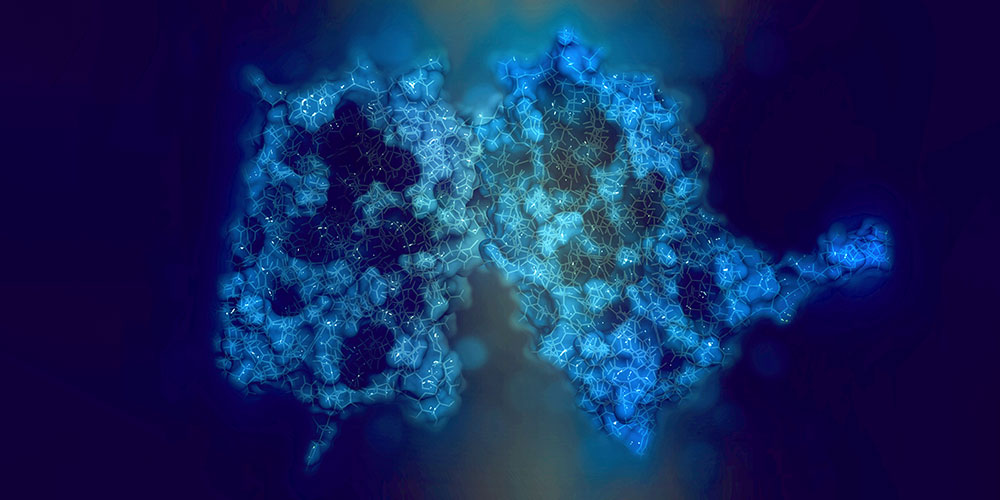FIC Proteins Send Bacteria Into Hibernation
Bacteria do not cease to amaze us with their survival strategies. A research team from the University of Basel's Biozentrum has now discovered how bacteria enter a sleep mode using a so-called FIC toxin. In the current issue of “Cell Reports”, the scientists describe the mechanism of action and also explain why their discovery provides new insights into the evolution of pathogens.
20 August 2015
For many poisons there are antidotes which neutralize their toxic effect. Toxin-antitoxin systems in bacteria work in a similar manner: As long as a cell produces an antitoxin, thereby neutralizing a particular toxin, it grows normally. If the antitoxin is degraded, triggered for example by adverse environmental conditions, the toxin becomes effective and inhibits important cellular processes.
These systems act like a switch that interferes with bacterial growth and sends the bacteria into a state of dormancy in which they can be protected from the action of antibiotics. Prof. Christoph Dehio’s research group at the Biozentrum, University of Basel, has uncovered a new mechanism of action of toxins from the group of FIC proteins.
FIC toxin put bacteria into sleep mode
Toxin-antitoxin systems are ubiquitous in the bacterial world. The toxins usually inhibit protein synthesis or energy supply of the bacterium. Dehio’s team now first discovered such toxins among FIC proteins that can be found in all domains of life and demonstrated that they act by altering cellular DNA. The FIC toxins modify two target proteins, called topoisomerases, which give the bacterial DNA its characteristic twisted shape and monitor its spatial structure. The toxins completely shut down their activity.
“One can imagine as if FIC toxins pull the plug on topoisomerases”, explains Alexander Harms, first author and Fellowships for Excellence fellow at the Biozentrum. This rapidly leads to massive changes in the topology of cellular DNA, sending the bacteria into a kind of sleep state.
New insights into the evolution of pathogens
FIC proteins have a broad spectrum of molecular activities. Until now, research has mainly focused on FIC proteins which are injected as virulence factors by pathogenic bacteria into host cells. In their study, the scientists led by Dehio demonstrated for the first time a biological function of evolutionarily more ancestral FIC proteins, which still act within bacterial cells. This discovery could help to understand how pathogens and their tools arise in evolution.
Next, Dehio’s team aims to elucidate the evolutionary link between these original FIC toxins and the FIC proteins, which are injected as virulence factors into host cells by diverse pathogens.
Original publication
Alexander Harms, Frédéric Valentin Stanger, Patrick Daniel Scheu, Imke Greet de Jong, Arnaud Goepfert, Timo Glatter, Kenn Gerdes, Tilman Schirmer & Christoph Dehio
Adenylylation of Gyrase and Topo IV by FicT Toxins Disrupts Bacterial DNA Topology
Cell Reports (2015), doi: 10.1016/j.celrep.2015.07.056


